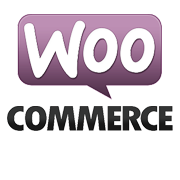How Andy Hayes Started A 7 Figure Tea Business Online
Hello! Who are you and what business did you start?
I’m Andy Hayes and I’m the founder of Plum Deluxe, an online purveyor of delicious loose leaf teas.
We’re based in Portland, Oregon. We are well known for our popular tea of the month club community - subscribers receive a surprise tea in the mail each month, in addition to perks like free shipping and discounts. Members also a lot of joyful community aspects such as tea swaps, postcard pals, and much more.
In addition to that, we also have an online store where you can purchase a la carte teas of your choosing. We have our own in-house production team and hand-blended each batch, to ensure the freshest flavor. We also carry a very carefully curated selection of pretty and practical tea accessories such as infusers, mugs, and tea add-ins like honey and sweets.
We now have one of the largest tea subscription boxes and are about the pass the 7 figure mark in annual revenue.

Download the report and join our email newsletter packed with business ideas and money-making opportunities, backed by real-life case studies.

Download the report and join our email newsletter packed with business ideas and money-making opportunities, backed by real-life case studies.

Download the report and join our email newsletter packed with business ideas and money-making opportunities, backed by real-life case studies.

Download the report and join our email newsletter packed with business ideas and money-making opportunities, backed by real-life case studies.

Download the report and join our email newsletter packed with business ideas and money-making opportunities, backed by real-life case studies.

Download the report and join our email newsletter packed with business ideas and money-making opportunities, backed by real-life case studies.

Download the report and join our email newsletter packed with business ideas and money-making opportunities, backed by real-life case studies.

Download the report and join our email newsletter packed with business ideas and money-making opportunities, backed by real-life case studies.






















